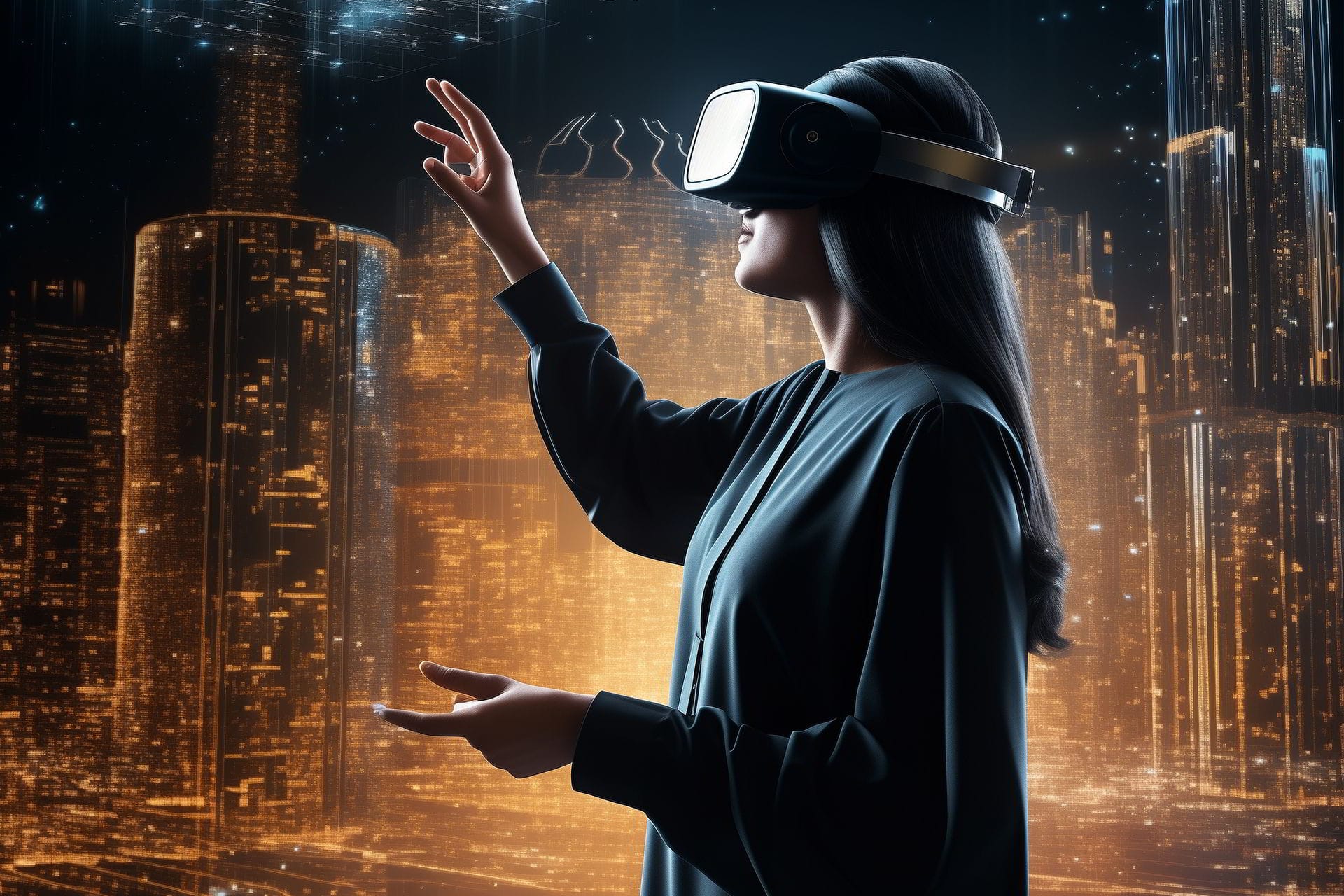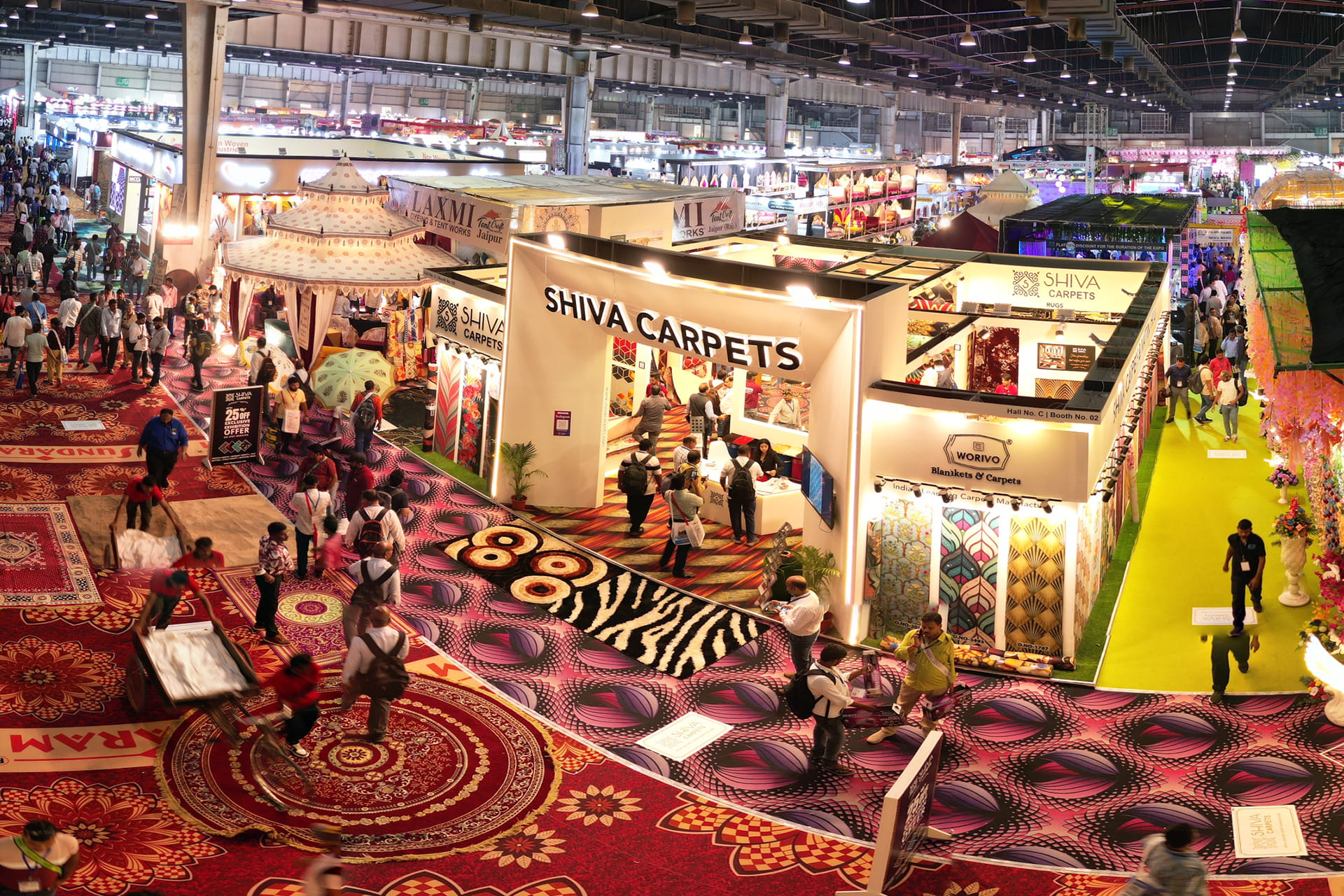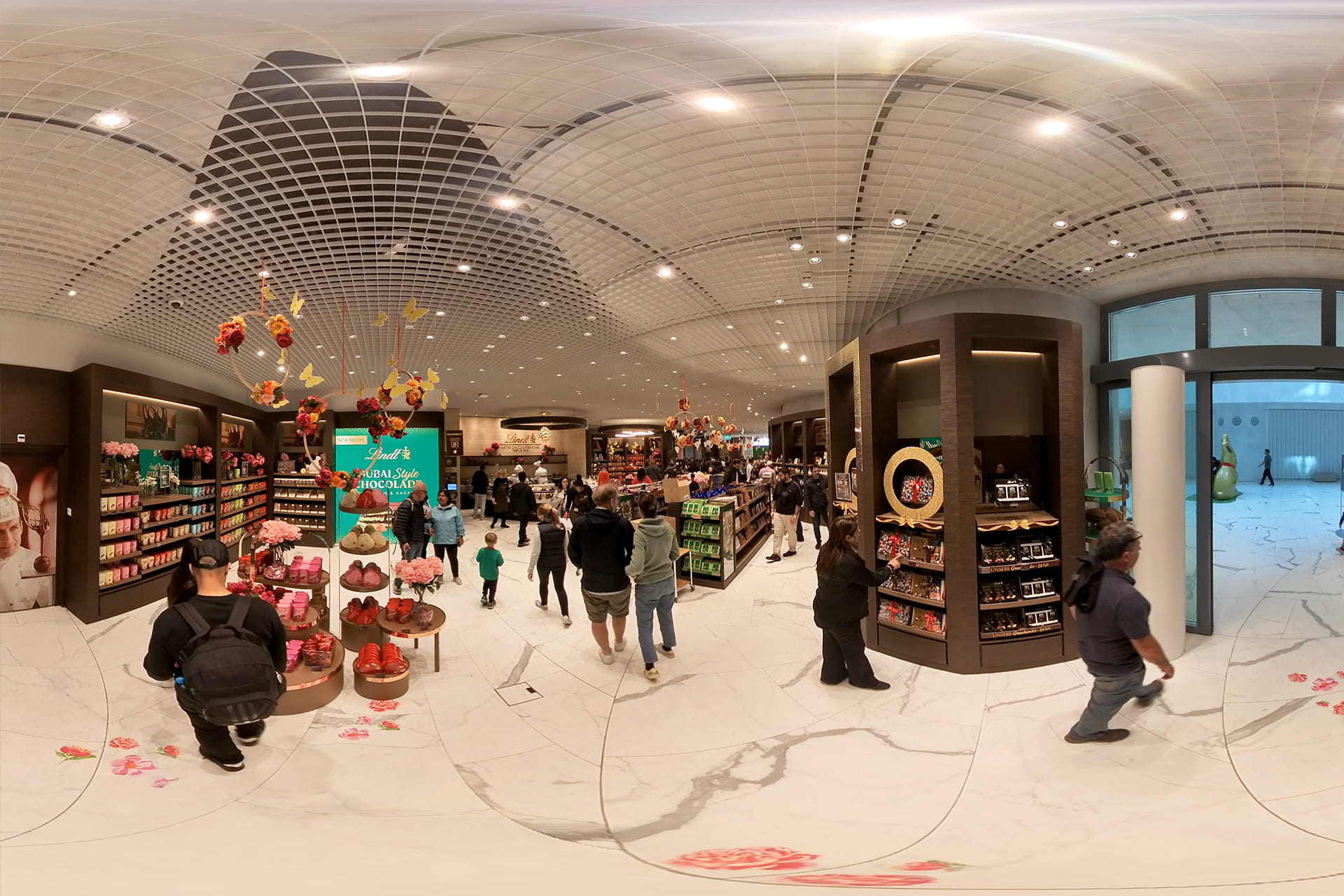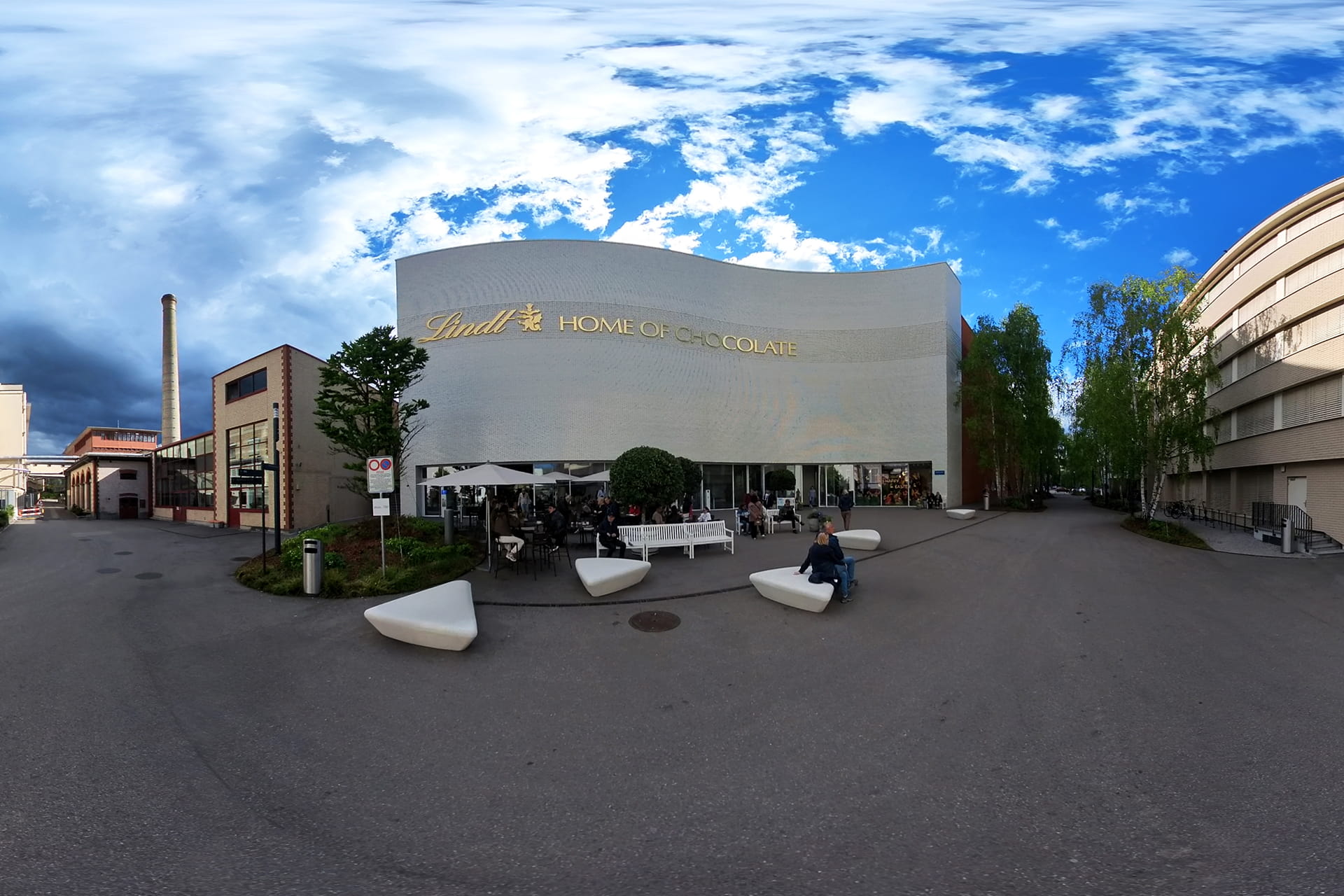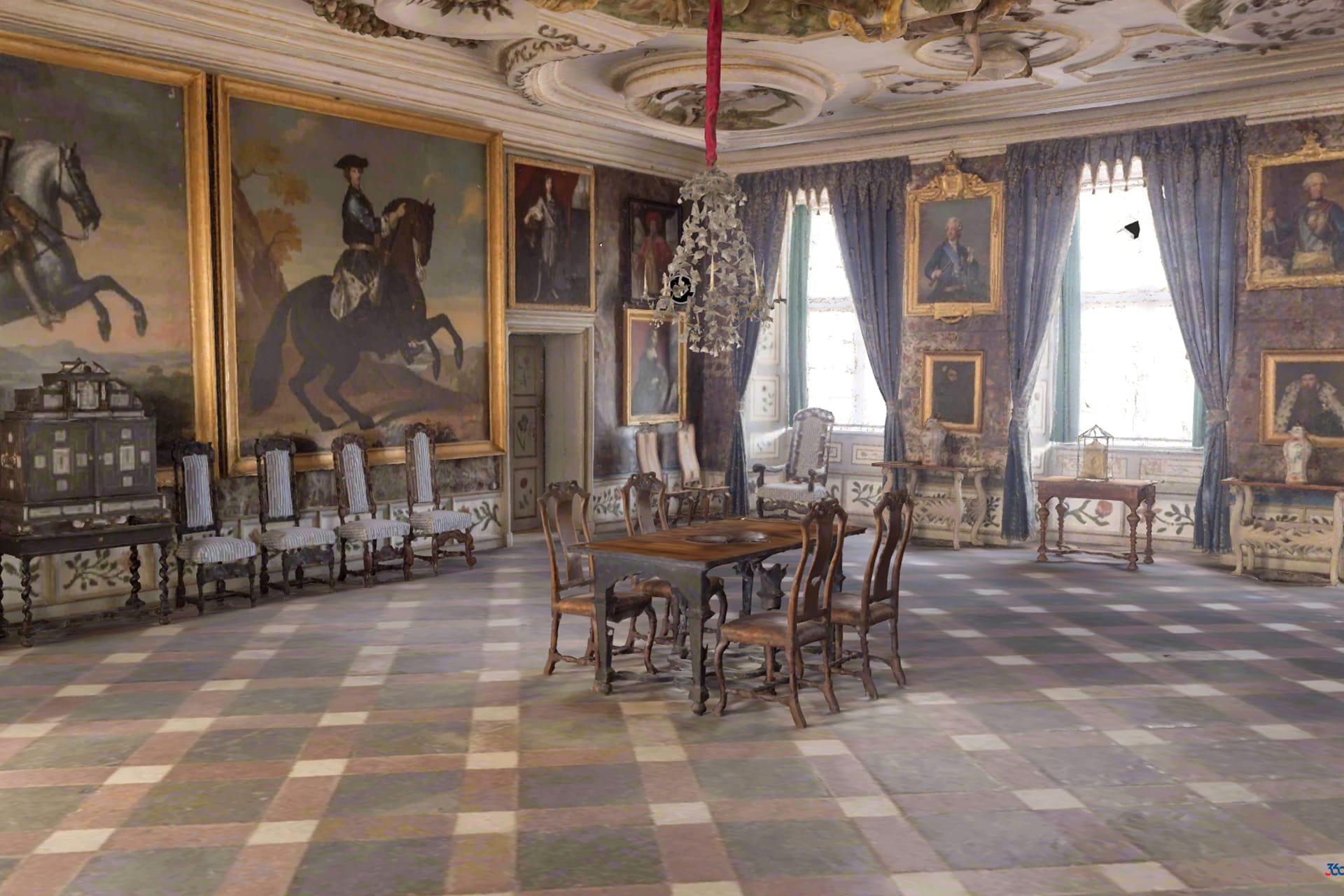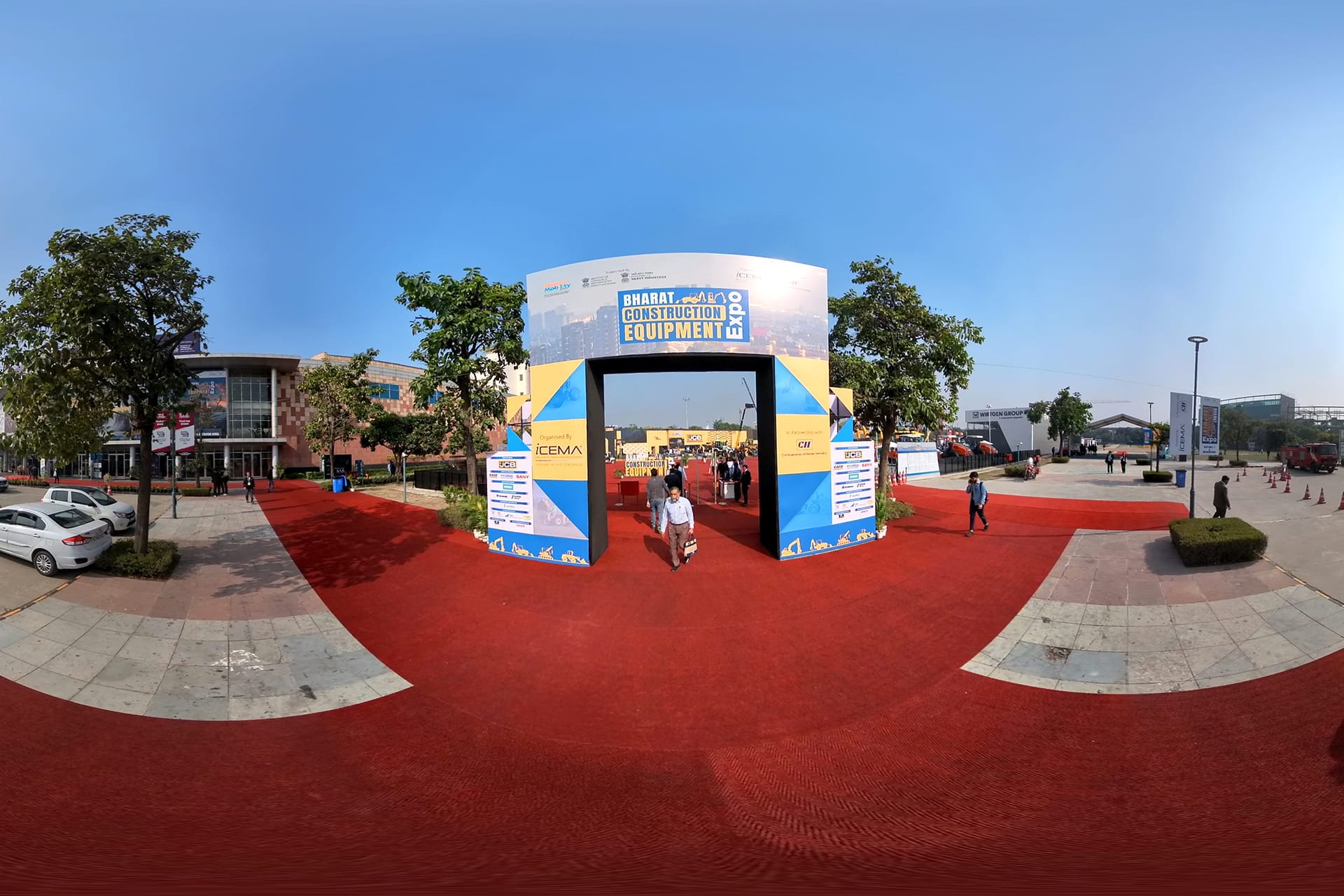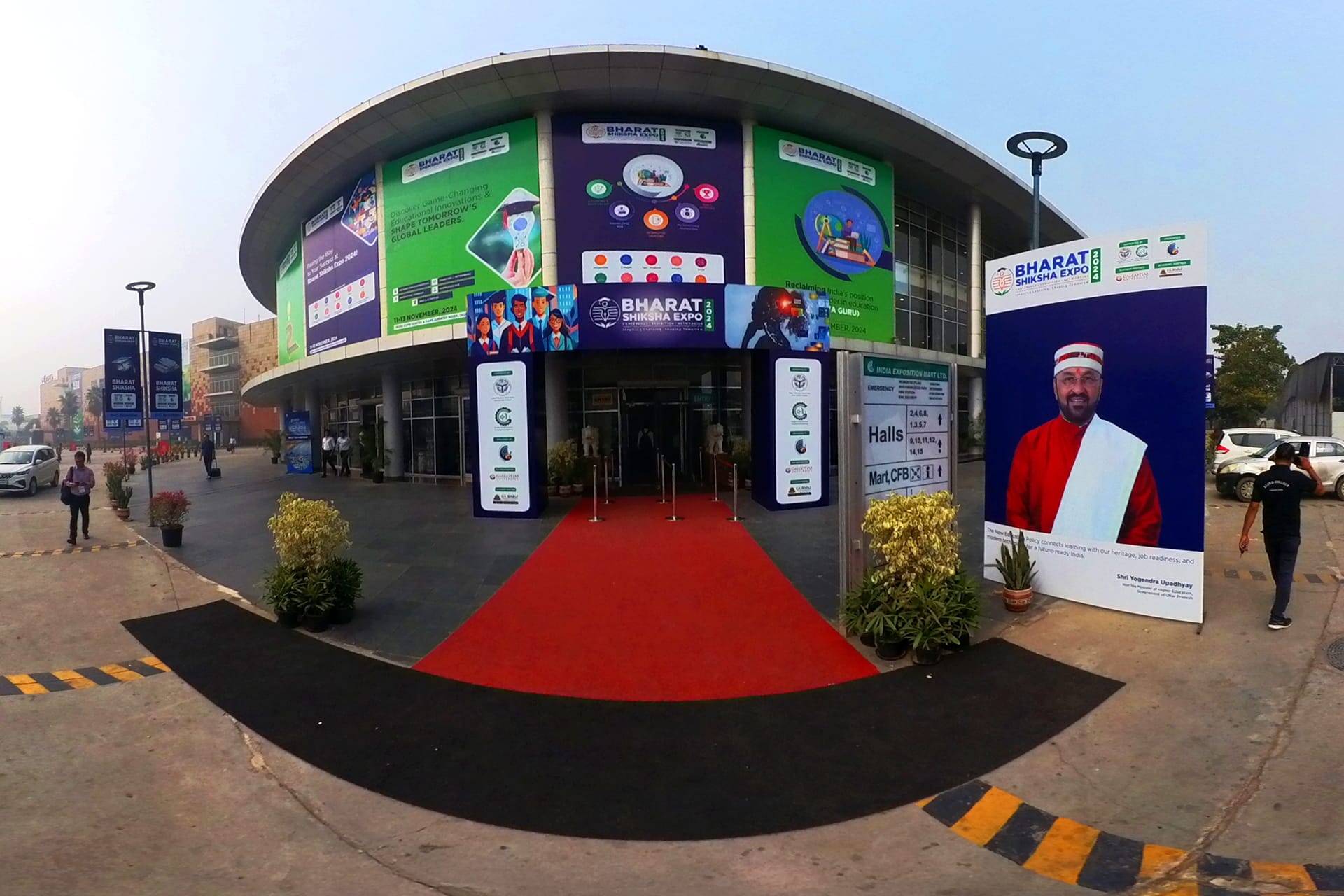360 Virtual Tours vs. Traditional Photography: Which is Better for Your Business?
In today's digital-first world, businesses are constantly seeking innovative ways to showcase their products and services online. Visual content has become a crucial component of digital marketing strategies, with both 360 virtual tours and traditional photography being popular options. But which one is better for your business? In this blog, we’ll compare 360 virtual tours and traditional photography, exploring the benefits and drawbacks of each to help you make an informed decision.
Understanding 360 Virtual Tours and Traditional Photography
Before diving into the comparison, let’s clarify what each of these visual content types entails:
360 Virtual Tours: A 360 virtual tour is an interactive experience that allows users to explore a space virtually. Unlike static images, these tours enable users to navigate through an environment, look around in all directions, and interact with different elements. They provide an immersive experience that closely replicates being physically present in a location.
Traditional Photography: Traditional photography involves capturing static images of a space, product, or scene. These images are usually edited and presented as a gallery, slideshow, or individual pictures on websites and social media platforms. Traditional photos are often the go-to choice for marketing materials due to their simplicity and ease of use.
The Benefits of 360 Virtual Tours
Enhanced User Engagement
360 virtual tours offer a dynamic and interactive experience, encouraging users to spend more time exploring your content. This increased engagement can lead to higher conversion rates, as potential customers have a more comprehensive understanding of your offerings. For instance, real estate listings with 360 virtual tours often receive more inquiries and viewings than those with only photos.Immersive Experience
A 360 virtual tour allows customers to experience a location as if they were there in person. This level of immersion is particularly beneficial for businesses in the real estate, hospitality, and retail sectors, where seeing the space from all angles can influence purchasing decisions. Customers are more likely to feel confident about their choices when they can virtually explore a property or product in detail.Improved SEO Performance
Search engines prioritize websites that keep visitors engaged. 360 virtual tours can help improve your website's SEO by reducing bounce rates and increasing dwell time. The more time users spend interacting with your content, the better your site will rank in search engine results, driving more organic traffic to your business.Competitive Advantage
Incorporating 360 virtual tours can set your business apart from competitors who rely solely on traditional photography. This innovative approach shows that your business is forward-thinking and willing to invest in the latest technology to enhance customer experience. This can help build brand loyalty and attract a tech-savvy audience.Versatility Across Platforms
360 virtual tours are highly versatile and can be embedded on websites, shared on social media, and even integrated into Google My Business profiles. This wide range of uses ensures that your virtual tour reaches a broad audience, maximizing its impact and return on investment.
The Benefits of Traditional Photography
Cost-Effectiveness
Traditional photography is generally more cost-effective than 360 virtual tours. It requires less specialized equipment and expertise, making it an accessible option for businesses with smaller budgets. High-quality images can be captured quickly and edited with minimal expense, making traditional photography a cost-efficient choice for many businesses.Ease of Use
Traditional photos are easy to use across various marketing channels, from websites and social media to print materials. They are straightforward to upload, download, and share, making them a convenient choice for businesses that need a simple, quick solution for visual content.Faster Production Time
Creating a gallery of traditional photos takes significantly less time than producing a 360 virtual tour. The process of shooting, editing, and publishing photos can often be completed within a day, which is ideal for businesses needing a fast turnaround.High-Quality Detail
Traditional photography allows for high-resolution images that can capture fine details. This is particularly useful for showcasing products with intricate features or creating artistic visuals that convey a brand's aesthetic. Professional photographers can manipulate lighting, angles, and composition to create visually stunning images.Widely Accepted Format
Traditional photos are a universally accepted format across all platforms and devices. They do not require specific technology to view, ensuring that all potential customers, regardless of their device or internet speed, can access and appreciate the content.
Comparing the Drawbacks
While both 360 virtual tours and traditional photography have their advantages, they also come with certain drawbacks:
360 Virtual Tours:
- Higher Initial Cost: Creating a 360 virtual tour typically requires a more significant upfront investment in equipment, software, and expertise.
- Technical Limitations: Some users may face difficulties accessing or navigating 360 virtual tours, especially if they lack the necessary technology or have slower internet connections.
- Longer Production Time: Developing a high-quality 360 virtual tour can take more time, requiring meticulous planning, shooting, and editing.
Traditional Photography:
- Limited User Engagement: Static images may not engage users as effectively as interactive content, leading to shorter website visits and potentially higher bounce rates.
- Lack of Interactivity: Traditional photos cannot offer the same immersive experience as 360 virtual tours, which may reduce their effectiveness in showcasing a space or product fully.
- Outdated Perception: In some industries, traditional photography may be perceived as outdated compared to the more innovative 360 virtual tours.
Which Is Better for Your Business?
The decision between 360 virtual tours and traditional photography ultimately depends on your business needs, industry, target audience, and budget.
Choose 360 Virtual Tours if you want to provide an immersive and interactive experience that enhances user engagement, boosts SEO, and sets you apart from competitors. This option is particularly beneficial for businesses in real estate, hospitality, tourism, and retail, where a detailed exploration of space or product is crucial.
Choose Traditional Photography if you are looking for a cost-effective, quick, and straightforward solution to showcase your products or services. This format is ideal for businesses that need high-quality images for various marketing materials or have limited budgets and time constraints.
Conclusion
Both 360 virtual tours and traditional photography have unique advantages and are valuable tools in your marketing arsenal. By understanding the benefits and drawbacks of each, you can choose the best visual content strategy for your business. Whether you opt for the immersive experience of a 360 virtual tour or the simplicity and versatility of traditional photography, incorporating high-quality visual content into your marketing strategy is key to engaging your audience and driving business growth.


